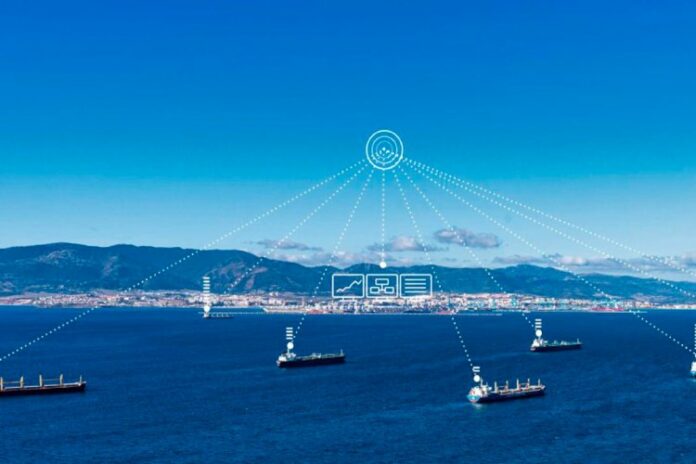DNV has revised its ST-0033 Maritime Simulator Systems standard with the introduction of a new class D for all function areas covering cloud-based simulation.
The use of remote methods to deliver training programmes for seafarers has increased during the COVID-19 pandemic as a result of restricted or impossible physical attendance at training and examination centres.
New function areas and new technologies for real operations, as well as statutory requirements, must be covered in all learning programmes. Under the validity conditions of DNV SeaSkill™ Learning Programme Certificates, all real, virtual and cloud-based simulators used as tools in such training and examinations are also required to be DNV certified.
Addressing the need to continue to educate new seafarers and, critically, to enable serving seafarers to renew their existing certificates in accordance with international requirements, a cross-industry project with simulator suppliers and end-users was created to develop a new simulator class D for all function areas covering cloud-based distant learning simulators with virtual reality (VR) requirements.
Until now, physical-realism requirements have described hardware and interfaces, as well as the operating environment, only at a high level in line with the STCW (Standards of Training, Certification and Watchkeeping) Convention.
Although remote simulation is not new technology in itself, the core focus of the revision was on the replacement of hardware with a software-enabled artificial environment presented in such a way that the user suspends belief and accepts it as a real environment (VR) while still maintaining the required behavioural realism.
The most important aspect in remote setups are instructor and assessor facilities. The new class now divides between: (a) interactive, synchronous, continuous online instructor-led simulation; (b) detached, asynchronous student-led simulation; or a combination of (a) and (b) when operated synchronously or asynchronously depending upon the nature of the exercise to meet training objectives.
Andreas Jagtøyen, EVP Digital Ocean, Kongsberg Digital, commented:
“As one of the first to develop remote, cloud-based simulation solutions, meeting the demand for new training methods, Kongsberg Digital is delighted that DNV has developed this new class D certification. It recognizes the value contributed by cloud-based technology in recent months and how it can continue to be an integral part of maritime training in the future.”
Captain Aksel David Nordholm, Simulator Certification Specialist in DNV SeaSkill™, said:
“By formulating class D, DNV is helping to ensure that seafarers can go through their required training in spite of the restrictions of COVID 19. We are now ready to commence required certification of maritime simulators that comply with the new class.”
Knut Ørbeck-Nilssen, CEO of DNV Maritime, said:
“Training is an extremely important safety barrier for shipping, and for DNV to certify training schemes and the latest methods of distance learning is yet another great example of our commitment to safety at sea.”
The DNV ST-0033 Maritime Simulator Systems has been revised frequently since its initial publication in January 2000.



